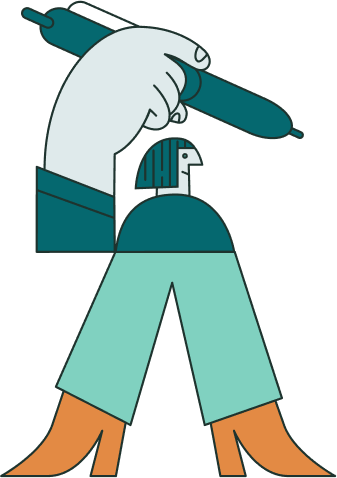Promotional merchandise plays an essential role in any marketing strategy. It’s not only about getting your name out there but also about making an impactful impression. The way a logo or design is printed on a product can significantly affect its appeal.
With a plethora of techniques available, we’ll guide you through some popular choices, highlighting their pros and cons, and show you how Rothfield can help you make the best impression.
Like this article? Get more of this in your inbox












